7 Wars Where U.S. Soldiers Lost The Most Lives On Foreign Soil
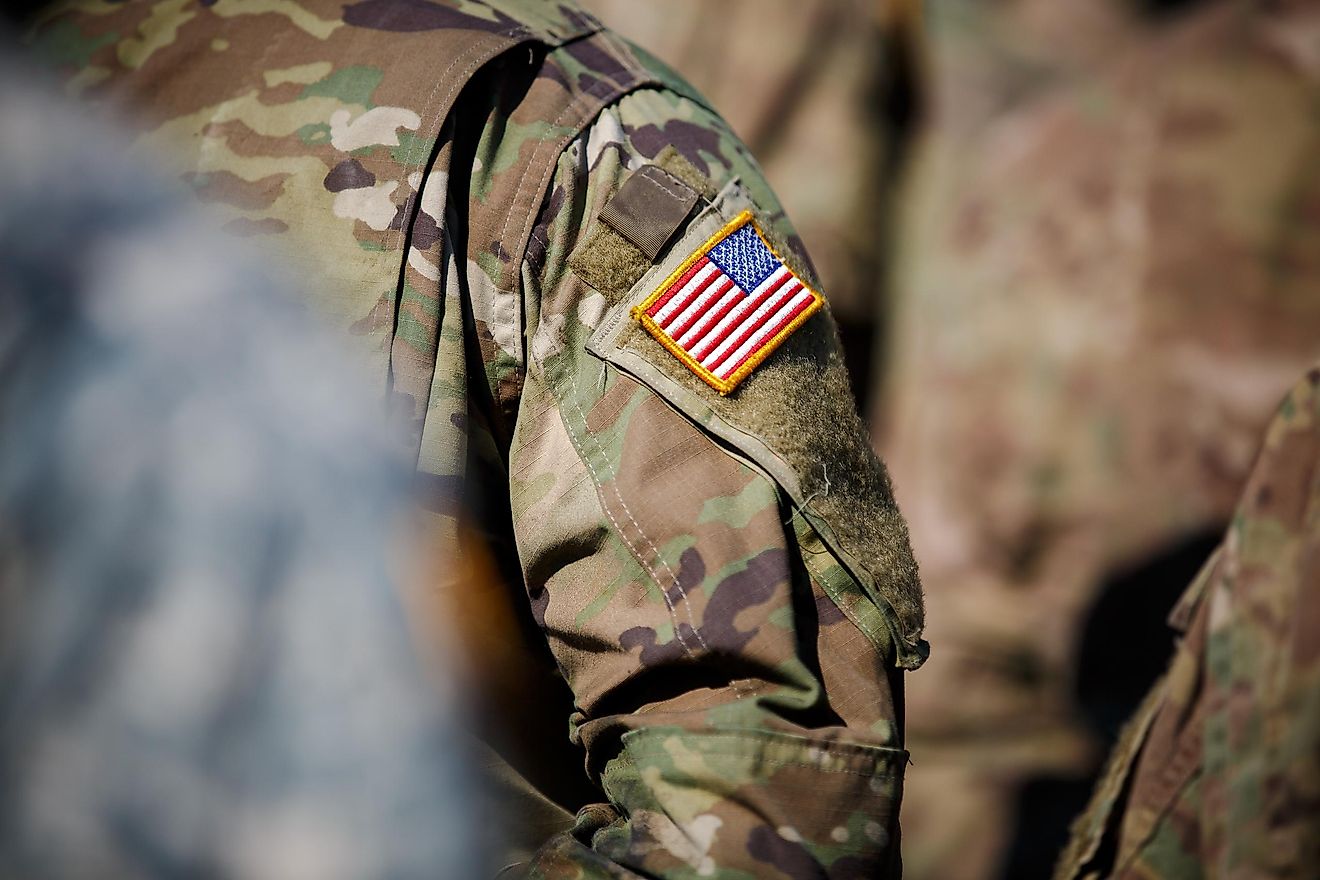
- There were more battlefield deaths in the American Civil War than in all of America's foreign wars, except WWII, combined.
- The slogan used by the U.S. during the Spanish-American War was
- The Korean War has technically not officially ended as North and South Korea have not yet signed a peace treaty formally ending the conflict.
- The Meuse-Argonne Offensive of World War I was the deadliest battle in U.S. history, killing 26,277 Americans.
Americans have fought in numerous wars, many of them on foreign soil. In fact, since the mid-19th century, all U.S. soldiers who gave their lives in the service of their country did so outside American borders. Here are seven armed conflicts in which U.S. servicemen and women lost their lives on foreign soil.
7. Mexican-American War 1846-1848
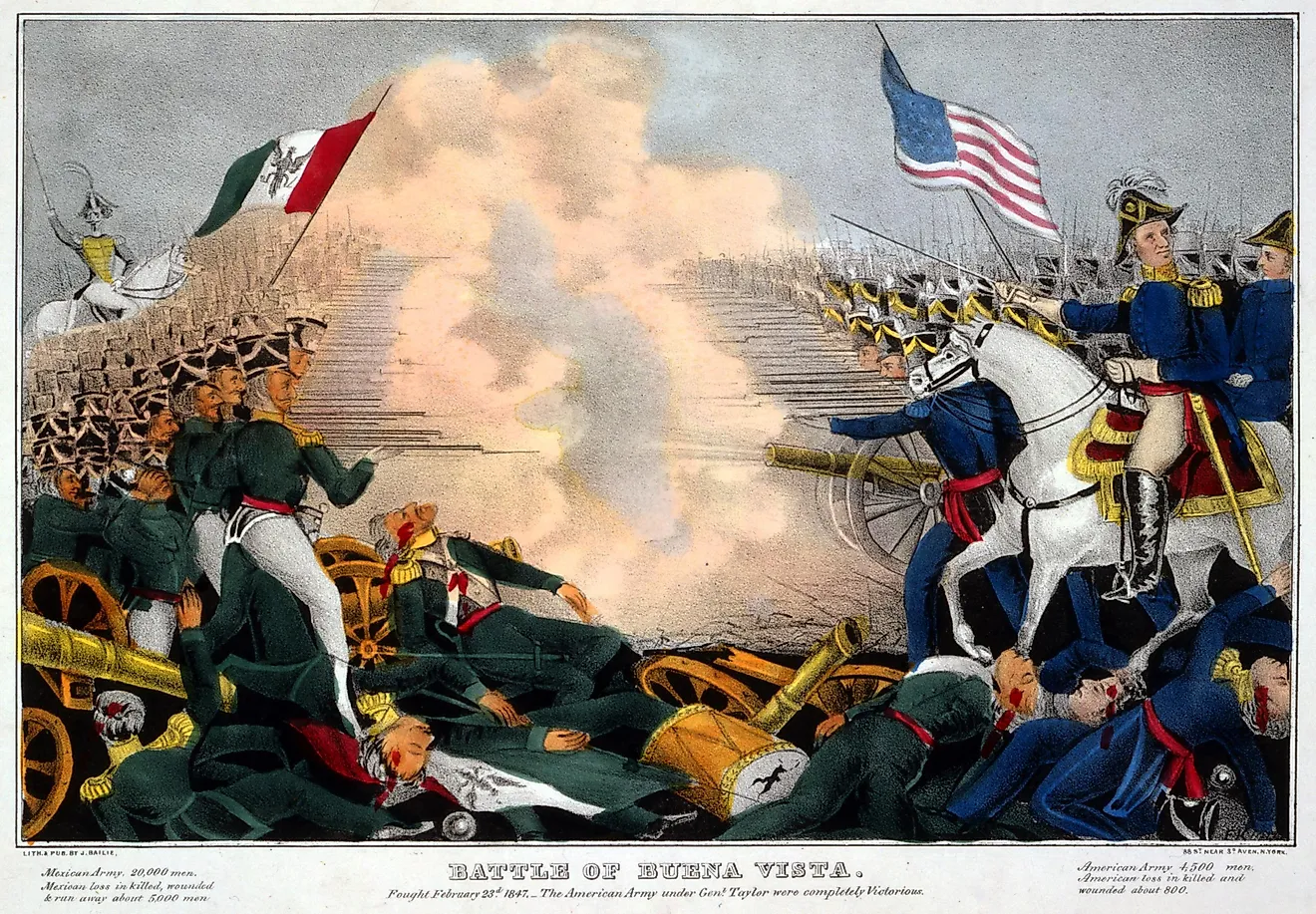
This war was more or less a war of American expansion by then-President James Polk, who wanted the U.S. to extend from the Atlantic to the Pacific Ocean. The war began following efforts by Polk to annex Texas, which had gained independence from Mexico in 1836, and after he was rebuffed in his attempt to purchase California and New Mexico. It was primarily a one-sided conflict as the U.S. overwhelmed Mexican forces. By the fall of 1847, U.S. forces had reached Mexico City. The war ended with the Treaty of Guadalupe Hidalgo on February 2, 1848. The agreement saw the U.S. annex Texas and purchase all of Mexico’s territory north of the Rio Grande for $15 million. U.S. casualties in the war numbered 1,733.
6. Spanish-American War 1898
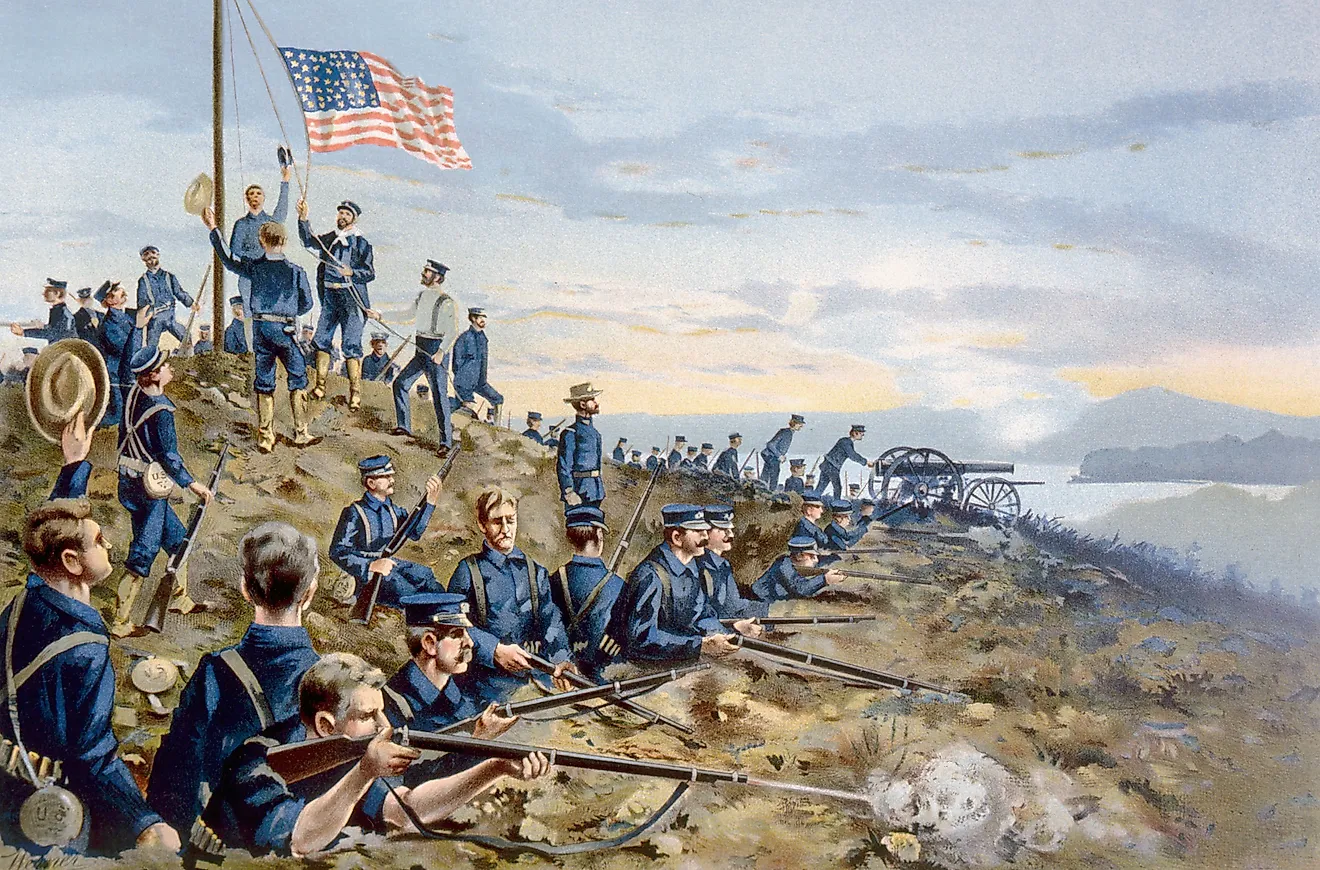
During this conflict, 385 American soldiers lost their lives. The war would prove to be a turning point in history. It marked the end of Spanish colonial rule in the western hemisphere as Spain had lost both Cuba and Puerto Rico, the latter of which became a U.S. territory. The U.S. also wrested the Pacific island of Guam from the Spanish and made it a U.S. territory as well. Some say that the American victory in the Spanish-American War saw the first emergence of the U.S. as a global power.
5. World War I 1914-1918
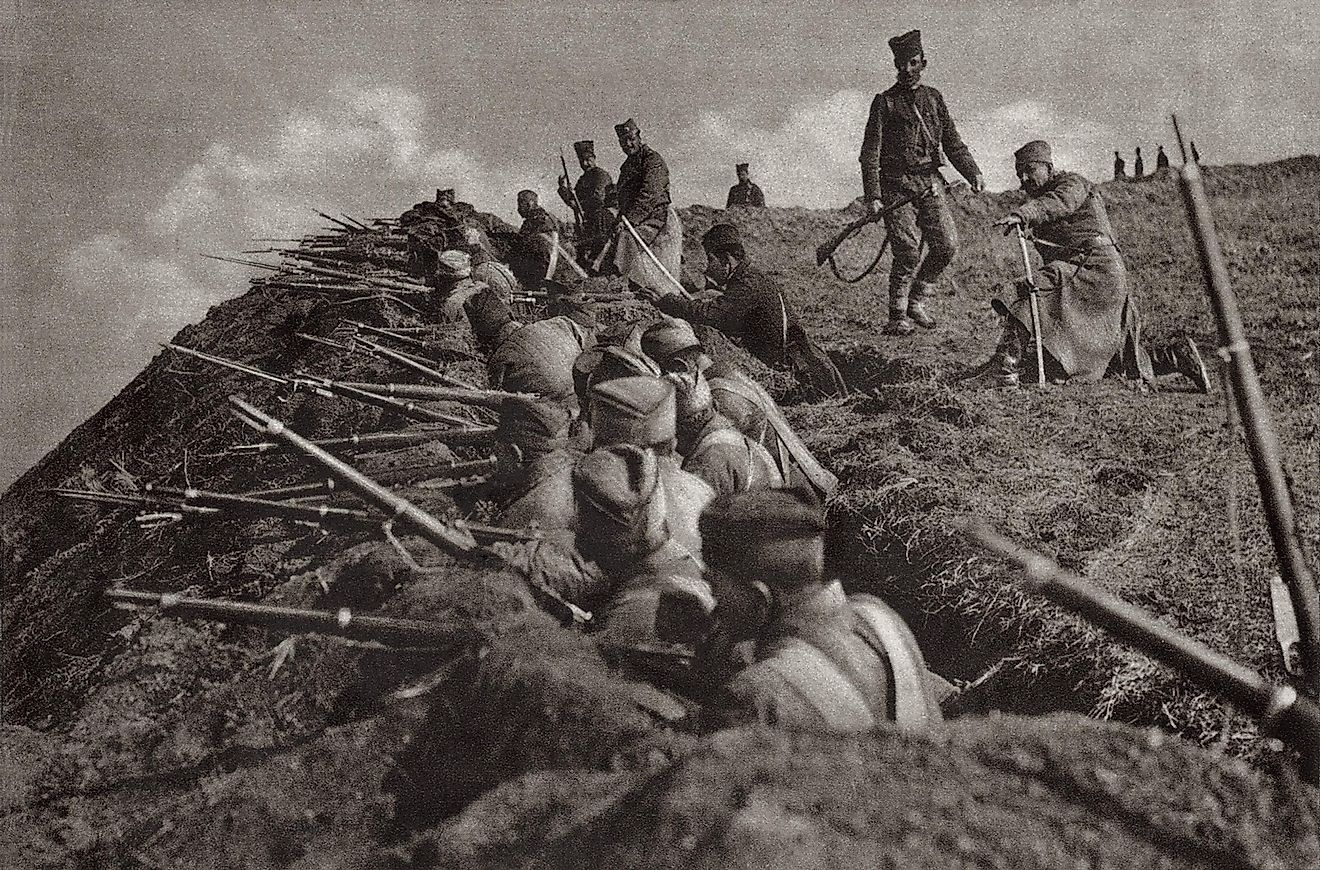
The U.S. did not become involved in the First World War until 1917, trying to stay neutral during the conflict. Maintaining that neutrality would become difficult, however, as German naval forces kept sinking U.S. merchant vessels. Furthermore, in 1915, German U-boats sank an ocean liner, the Lusitania, killing two thousand people, including 128 Americans. The American public became incensed and pressure began to mount on their leaders to act. Subsequently, the Zimmermann Telegram emerged, which promised Mexico U.S. territory if the country joined Germany as an ally in the war. In April 1917, the U.S. finally declared war on Germany. The first U.S. troops arrived in Europe in June that same year. By the time the Allies emerged victoriously, the U.S. had contributed more than two million troops to the cause, and 53,402 of them lost their lives.
4. World War II 1939-1945
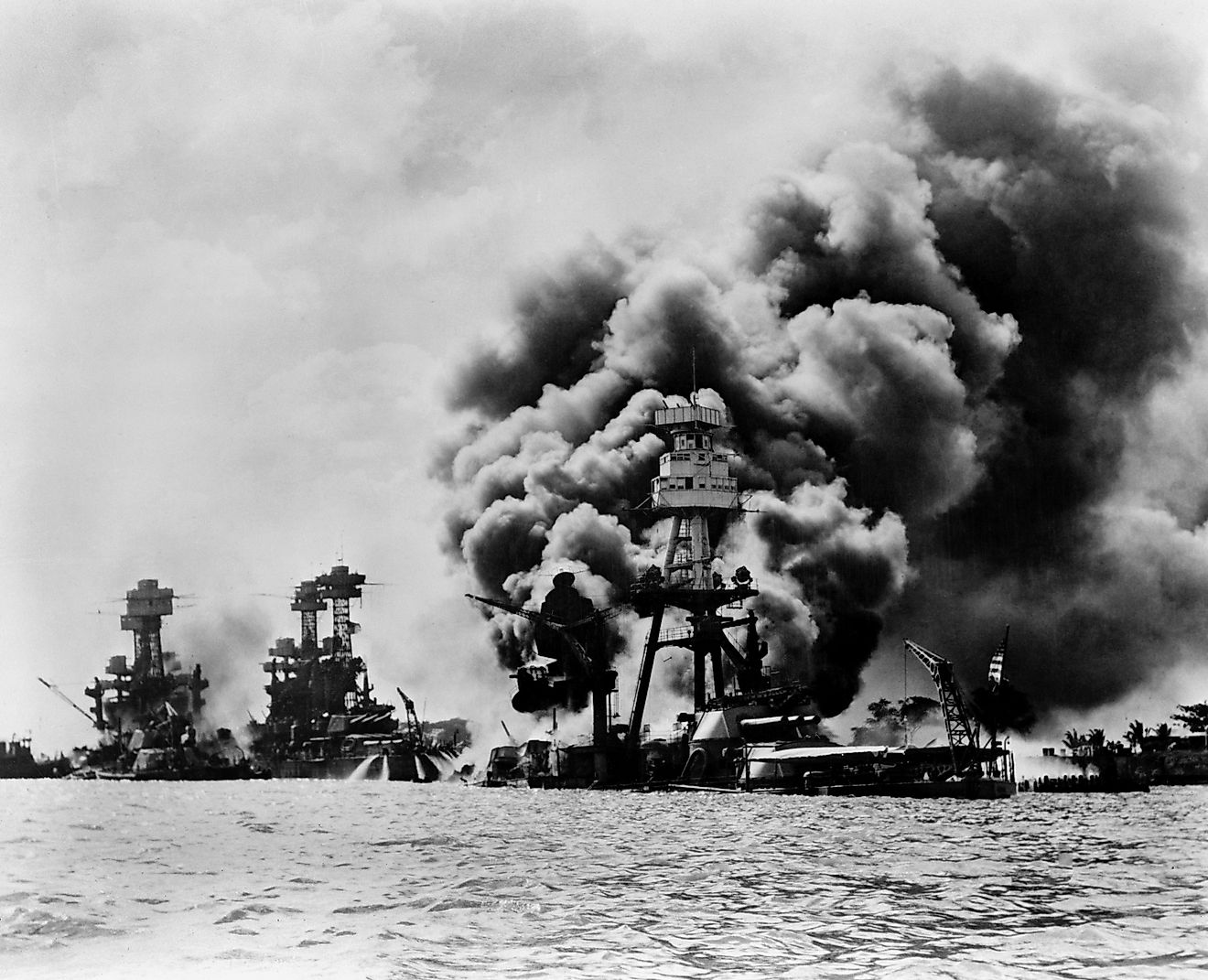
The Second World War saw more U.S. casualties than any war in American history. As in WWI, the U.S. initially tried to remain neutral. But on December 7, 1941, Japanese forces attacked the U.S. naval base at Pearl Harbor in Hawaii. Japan was part of the Axis, a military alliance that also included Germany and Italy. After the attack on Pearl Harbor, Germany and Italy declared war on the U.S. and vice versa. American forces helped turned the tide of the war in favor of the Allies. Some of the bloodiest battles include the Battle of the Bulge (December 1944 – January 1945), the Battle of Okinawa (April – June 1945), the Battle of Iwo Jima (February – March 1945) and the Battle of Guadalcanal (August 1942 – February 1943). In total, 291,557 U.S. service members gave their lives to liberate Europe from Nazi Germany and defeat the Imperial forces of Japan.
3. Korean War 1950-1953
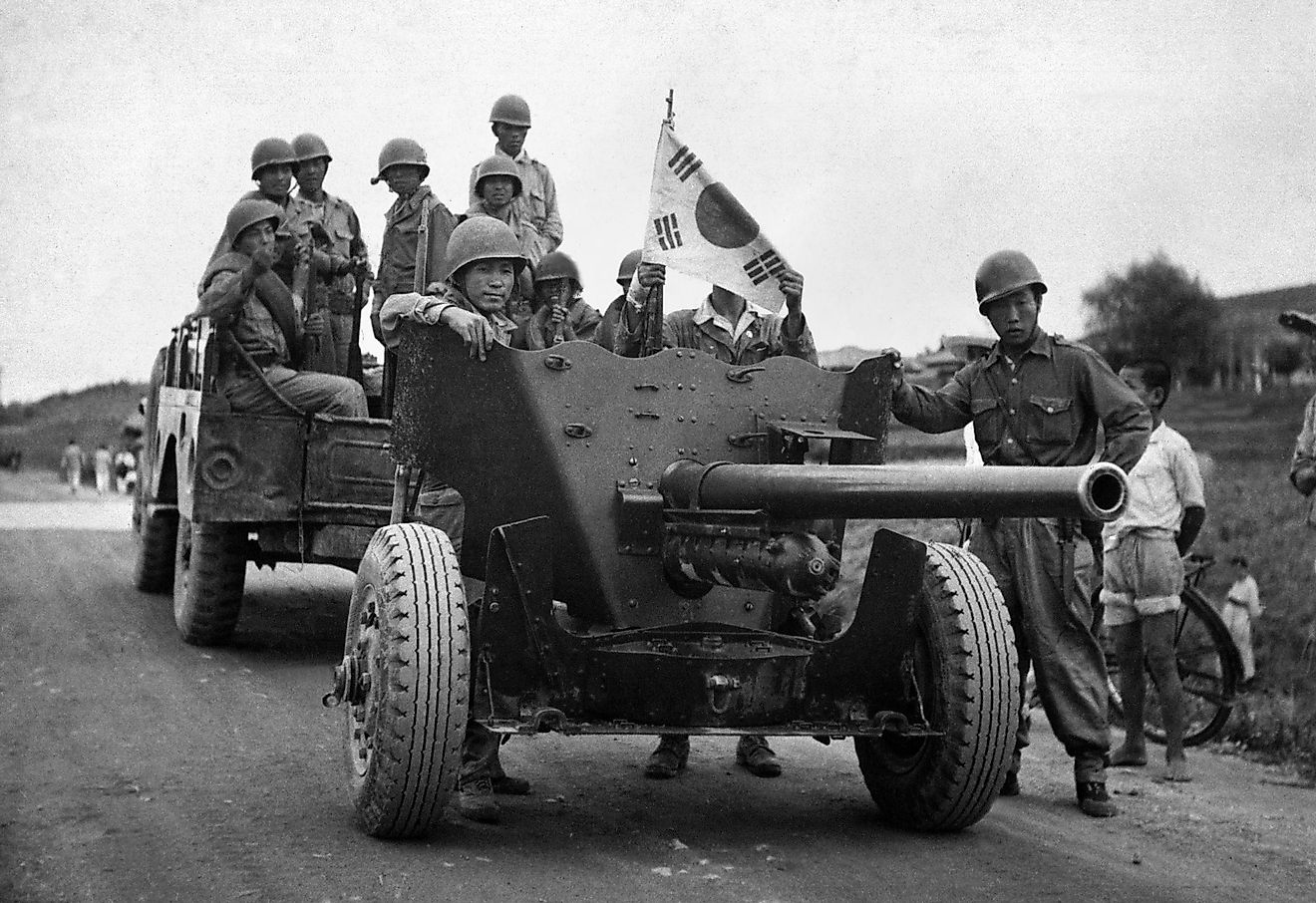
The so-called Forgotten War killed 33,739 U.S. service members over the course of three years. The conflict began on June 25, 1950, when communist North Korea launched a surprise invasion of South Korea. The U.S. intervened the next month when North Korean forces had nearly vanquished the South. American-led forces managed to drive the North Koreans out of South Korea and advanced into the communist North, almost to the border between North Korea and China. At this point, Chinese forces entered the war, pushed U.S.-led forces out of North Korea and invaded the South, though they and their North Korean allies would eventually be pushed back to the 38th parallel, which was then the border between the two Koreas. The war ended in a stalemate, and an armistice agreement was signed on July 27, 1953.
2. Vietnam War 1954-1975
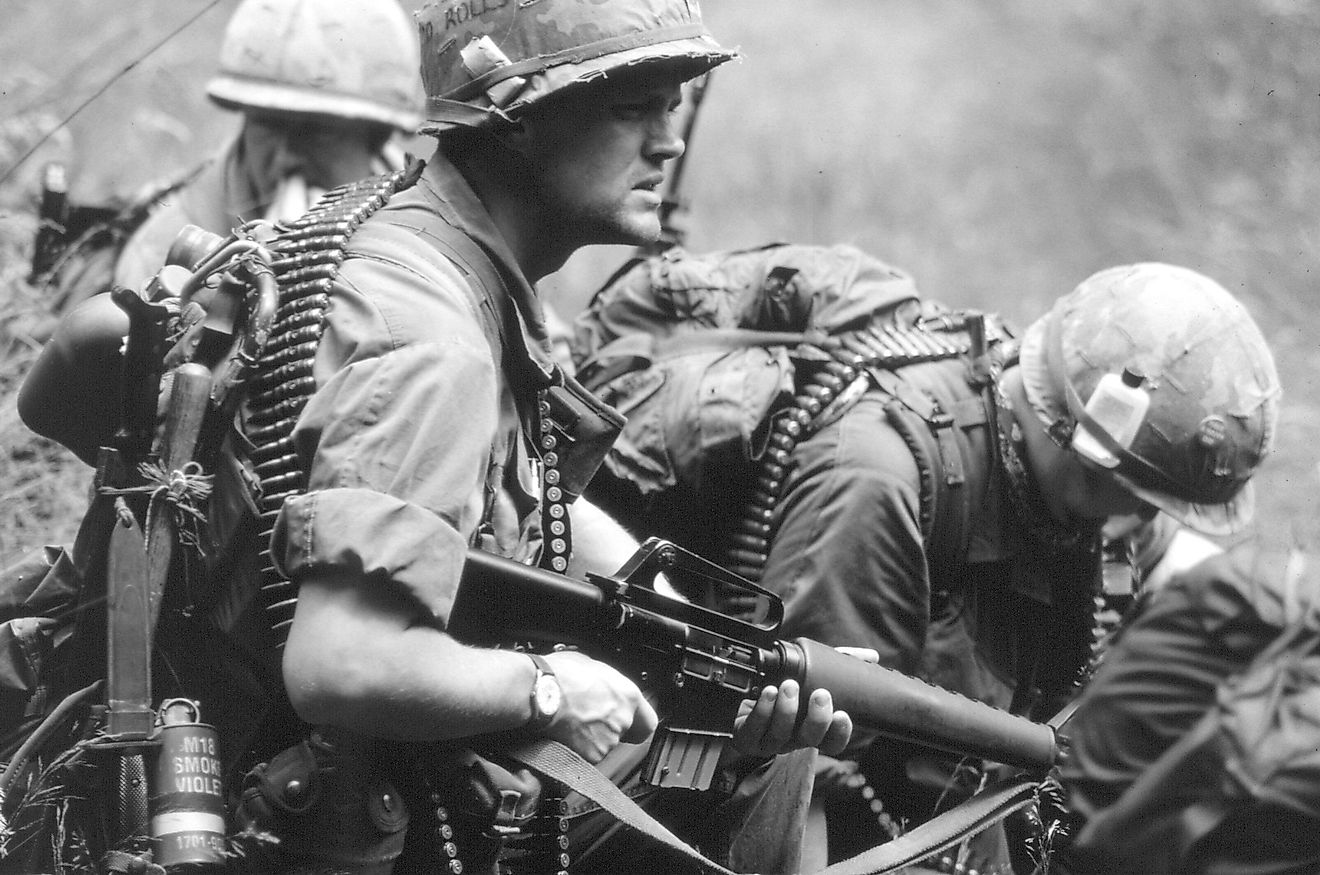
U.S. involvement in Vietnam began in 1954. America’s leaders feared that if Western-backed South Vietnam fell to the communist North, other countries in the region would also fall under the banner of communism. This was known as the Domino Theory. But as U.S. casualties mounted, the war became increasingly unpopular with the American public. A mass anti-war movement gained strength throughout the country, leading to a campaign of civil disobedience as young Americans refused to be drafted into the U.S. Armed Forces to fight in the Southeast Asian conflict. Under increased public pressure to end U.S. involvement in the Vietnam War, the U.S. began a policy known as Vietnamization, in which the responsibility for protecting South Vietnam and fending off the Viet Cong and their North Vietnamese supporters would be left to South Vietnamese forces themselves. At the same time, the U.S. gradually reduced its troop numbers. Finally, in January 1973, the U.S. and North Vietnam signed a peace treaty that put an end to hostilities between the two countries. This left South Vietnam to fend for itself, which it was ultimately unable to do. Eventually, North Vietnamese forces overran the South, and on April 30, 1975, captured the Southern capital, Saigon, reunifying the country under a communist regime. To this day, many think of the Vietnam War as a devastating and humiliating defeat for the U.S., which lost a total of 47,434 service members during the conflict.
1. War on Terror 2001-Today
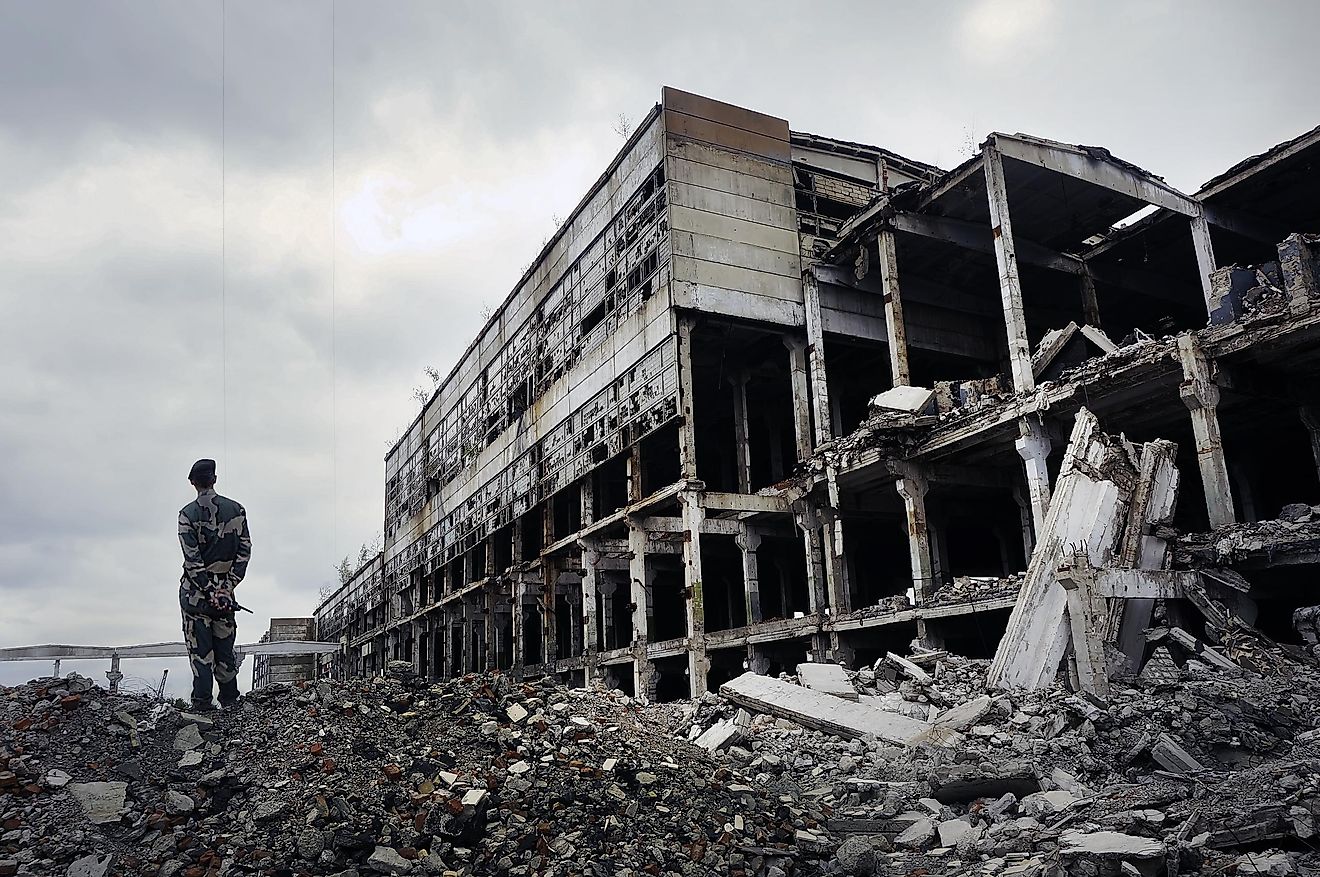
After the terrorist attacks of September 11, 2001, which killed nearly three thousand people, the U.S. began waging what the administration of U.S. President George W. Bush called the War on Terror. It began with the invasion of Afghanistan, where the ruling Taliban regime gave refuge to Al-Qaeda mastermind, Osama Bin Laden, who had planned the 9/11 attacks. The U.S.-led coalition of allied countries eventually overthrew the Taliban, but the conflict in Afghanistan continues to this day. In 2003, the U.S. launched a new phase of the conflict by invading Iraq and deposing Iraqi dictator, Saddam Hussein. American troops have also remained in Iraq up until now. The total number of U.S. troops killed in action (KIA) in this conflict is so far more than five thousand.











